About Split
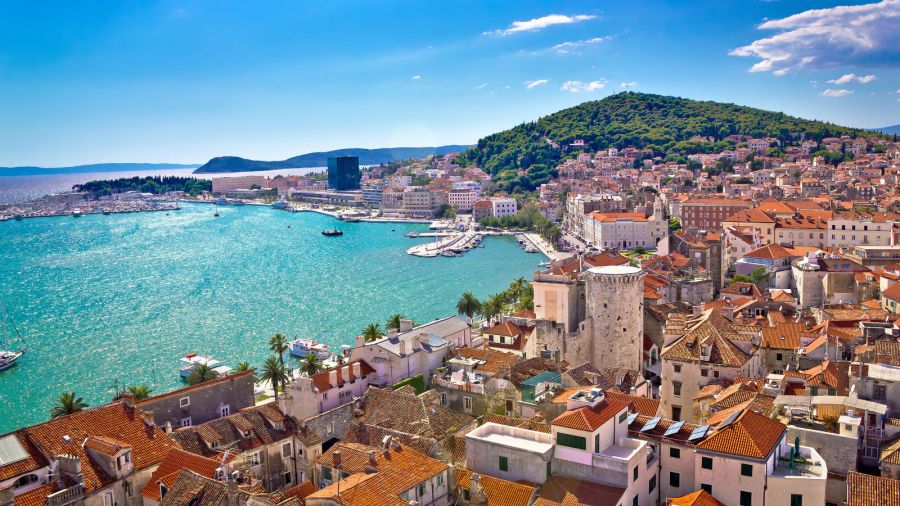
Split is the second largest city in Croatia and the largest Croatian city on the coast of the Adriatic Sea. City centre is the Diocletian's Palace– the biggest and the best preserved late-antique palace in the world. Its uniqueness inscribed Split on the UNESCO World Heritage List in 1979.
Split is also the second university centre in Croatia and an important Croatian and Mediterranean cultural centre. Split is an important transportation hub – easily reached by sea, road, rail and air. In the recent years, Split has become an important tourist centre, winning the title of the Champion of Croatian Tourism in 2012 and Tourist Flower – Quality for Croatia Award as the best tourist place at the Croatian Adriatic. Along numerous galleries, cinemas, multimedia centre and three theatres, Split offers rich variety of cultural events, among which the most famous are Split Summer Festival, Marulić Days, the Book of the Mediterranean, three film festivals for film-lovers: Split Film Festival, Mediterranean Film Festival and Archaeology Film Festival.
Citizens of Split like to claim the title of the sportiest city in the world. Numerous Olympics, World and European medals won in swimming, water polo, rowing, sailing, football, basketball, handball, athletics and martial arts support the theory...
County: Split – Dalmatia
Population: 178,102
Postal code: HR-21000
Area code: 21
More information: www.visitsplit.com
Interactive map of Split: http://visitsplit.com/en/396/interactive-split-map
Average temperature: 15.8°C
Sunny days per year: 108
Average sea temperature: 17.3°C
Warmest month: July (25.4°C)
Coldest month: January (7.4°C)
Fun facts about Split
Have you heard that, seen from space, the water in Dalmatia (Split being its center) is the most vivid on earth?
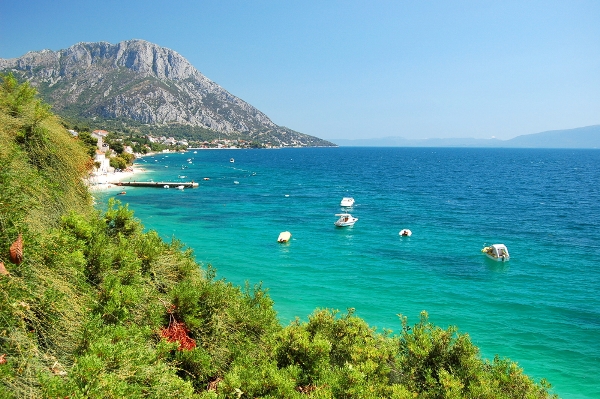
Did you know that the Sphinx by the Diocletian's palace were brought out from Egypt and are older than 4,000 years?
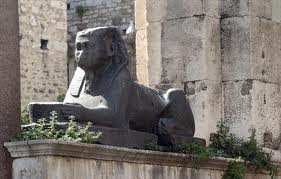
You probably did know that Split’s historical complex has been protected by UNESCO, but you probably didn’t realize that Split is one of the rear cities were people actually still live in the very UNESCO world heritage. Diocletian’s palace is not cordoned behind ropes; it’s an organic limestone edifice bursting with shops and restaurants, buzzing with the authentic sounds of day-to-day Dalmatian life.
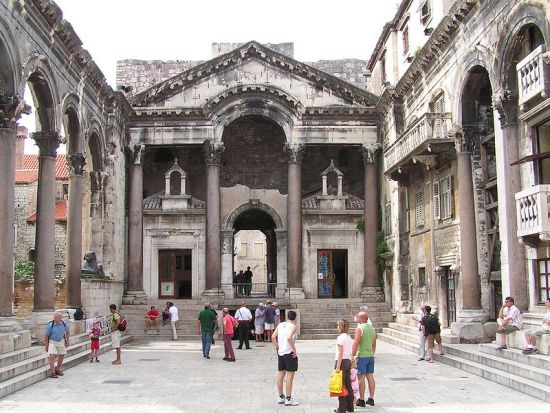
Split is the hometown to many spiteful athletes; Goran Ivanišević, the famous tennis player who won Wimbledon in the summer of 2001, after being given wild card. At the time, his world ranking was 125. Our famous “Flying Croat” Blanka Vlašić also comes from Split; she jumped 207 cm high in Stockholm in 2007 and was World’s best female athlete in 2010. Toni Kukoč, Dino Rađa, Igor Tudor, Ivano Balić and many other famous sportsmen are natives from Split.
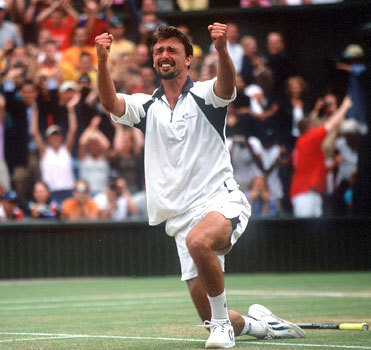
One of Adriatic's most fascinating ports, home of Diocletian's Palace, Split offers a wealth of museums and Roman ruins under a dramatic mountain backdrop that opens onto a vast expanse of sea. Split’s historical complex together with the Diocletian palace has been included in the UNESCO world heritage list as the only preserved Roman palace demonstrating the continuity of urban development from ancient to modern times.
Few were the empires that did not put their mark on Split. First came the Greeks although little remains of their tiny settlement. The Romans were much more proactive, expanding the settlement until Emperor Diocletian built his retirement palace here in the third century. Diocletian's Palace is more like a walled town and it has endured as the center of Split's cultural and political life even as the Byzantines, Croatian kings, Venetians, Austrians and Italians planted their flag on the great city. Today it is Croatia's second largest city and the pumping heart of the Dalmatian coast. With the wooded “Marjan” hill to the west, an abundance of beaches, and a characteristic palm tree-lined “Riva”, Split offers plenty of spots to enjoy the mild Mediterranean climate.
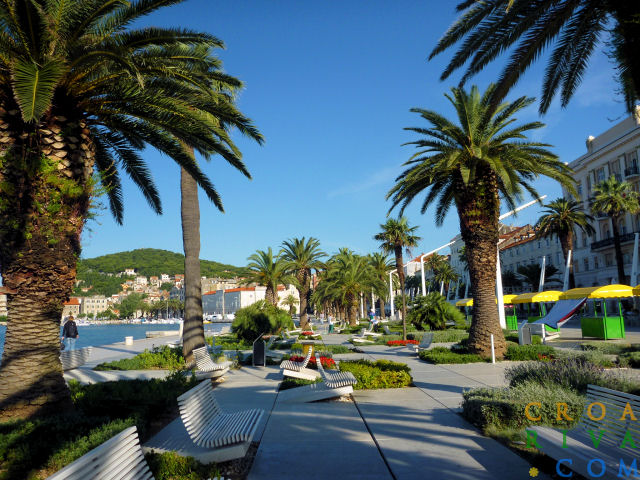
For a long time Split was used as a transit city to the Dalmatian islands, but in the last years it has developed into a tourism center attracting more and more tourists who come specifically to feel this unique city with “split” personality. Most come to enjoy a rear Mediterranean jewel still not greatly changed by processes of globalization. Many come to feel the beats of the most temperament, most beautiful and craziest (as it is called locally) city in Croatia. Some come to witness “picigin” - a traditional ball game characteristic for Split (it is played on the beach in shallow water consisting of players keeping a small ball from touching the water and it is practiced during the whole year no matter how cold it gets).
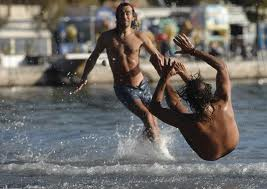
Welcome to the heart of Dalmatia.
Welcome to our home town: SPLIT!

How to reach Split
BY PLANE
Split Airport “Resnik” (SPU) is about 25 km west from Split, near the city of Trogir.
There are numerous car rentals and taxies right at the airport.
Airport shuttle buses run from the terminal to the main bus station right in the city center, just a few minutes walk from the port and from the old town. From the main bus station there is a short walk to the local bus station where you can catch a bus to the Faculty of Economics (bus numbers 18 or 11).
BY CAR
Documents: In order to enter Croatia you will need a valid driving license and a green insurance card.
Tolls: are payable on motorways and part-motorways.
Rules of the road: In Croatia traffic drives on the right. Unless there are road signs indicating otherwise, the speed limit is 130 km/h on motorways and part-motorways, 100 km/h on dual carriageways, 50 km/h in residential areas and 80 km/h outside residential areas.
You can reach the city of Split:
- by highway A1 “Zagreb-Split” (this is the easiest and quickest way).
- using the road through inland Croatia (Zagreb - Karlovac - National Park “Plitvicka jezera” - Knin - Sinj - Split).
- traveling along the Adriatic coast from the north Adriatic (Rijeka - Zadar - Šibenik - Split).
- or other roads if coming from other directions.